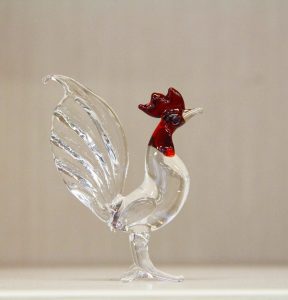Hello Monday! Getting right to work…. January 30th
Hello Everyone!
Some updates on the things we did today AND some websites to check out for tonight!
MATH: We marked the work from Applied Math 1, which meant going over some sample problems on the board about decimals, percentages, and multiplying fractions. If you had any trouble with the problems we did on the board, please let me know! Our applied math dealt with learning BMI, looking at investigator’s data about crime statistics, and using grid coordinates to mark a crime scene. I would recommend using 15 minutes to make up some fraction/decimal/percentage questions for yourself, just like we were doing in class. QUIZ ON PACKET ONE FRIDAY!
DEBATE: Today, everyone received their debate teams and stories. Team captains were chosen. If you were absent, Ms. D placed you on a team so you have a place when you return. Start looking for current events, stories, and evidence that would support the question for your story. We will have time in class to do this.
CSI: You all had some interesting questions about DNA and crime scene investigation for our Wonderings Question Board, and so I thought it may be fun to investigate these further. This is optional and only if you are interested. Rice University has a CSI Forensics unit online and we tried Case #1 for Rookies today, which allowed us to learn more about DNA and the tools used to collect and analyze it. There are more activities under that case to explore. Case #1 is what I am recommending, but if you would like to look at the other ones, please be aware they are made for all ages but do have talk about different kinds of crimes. If you are a mature reader (meaning your parents gave you permission to read mature books at the library), then you are probably okay to view them. All of the cases were designed for education and a wide range of ages. None are particularly graphic, but forensics does involve serious crimes.
LADDER OF INFERENCE/DRAGON’S DEN: Today we watched the TED Talk on the Ladder of Inference, and I recommend viewing the video again. We will be using the ladder to talk about our own experiences. To start the conversation, I asked everyone to do a thinking exercise. Brainstorm the characteristics of a restaurant you thought was particularly terrible. Afterwards, use one of the characteristics and turn it on its head! Look at it from another perspective. How would this characteristic make the restaurant the best, most innovative experience ever? Pitch an idea for your restaurant to Dragon’s Den. Everyone needs to have a list of what their restaurant would be like so they can pitch their idea tomorrow.
FRENCH: We went over infinitives, conjugation and ER verbs today. Please have packet 2 done by Friday if you haven’t done so already. Quiz Monday the 6th as a quick checking in on the verbs and basic use of pronouns. Quizzes from last Friday were passed back today.
ART: Please finish your draft drawings for NATURE and GAMES, our themes for our cards sculpture. We paint cardboard on Thursday, then we will draw and paint on top of it.
WORDS COMPETITION: If you are interested in submitting an entry to the WORDS competition for the District, they are due by February 9th. If you would like Ms. D to edit an entry, please let me know!
FIELD TRIP: I passed out forms for the GVRD Watershed Field Trip on April 18th, which are due back on February 6th. Please fill out both forms. Here is the main field trip form: Metro Vancouver Watershed Trip and then also the Watershed Parent Guardian Consent Form
Have a good night!



 Thank you those taking leadership and being risk-takers, offering their ideas and making our learning environment engaging and fun!
Thank you those taking leadership and being risk-takers, offering their ideas and making our learning environment engaging and fun!